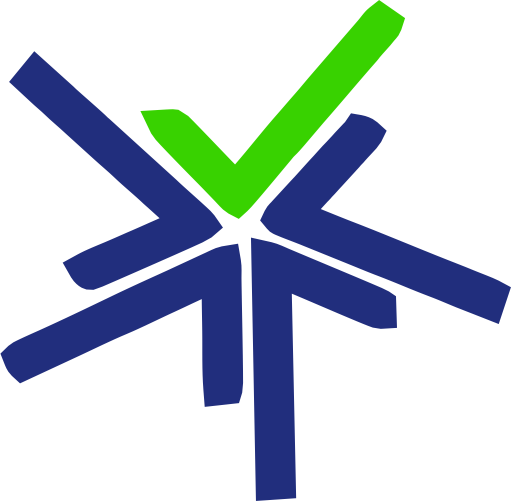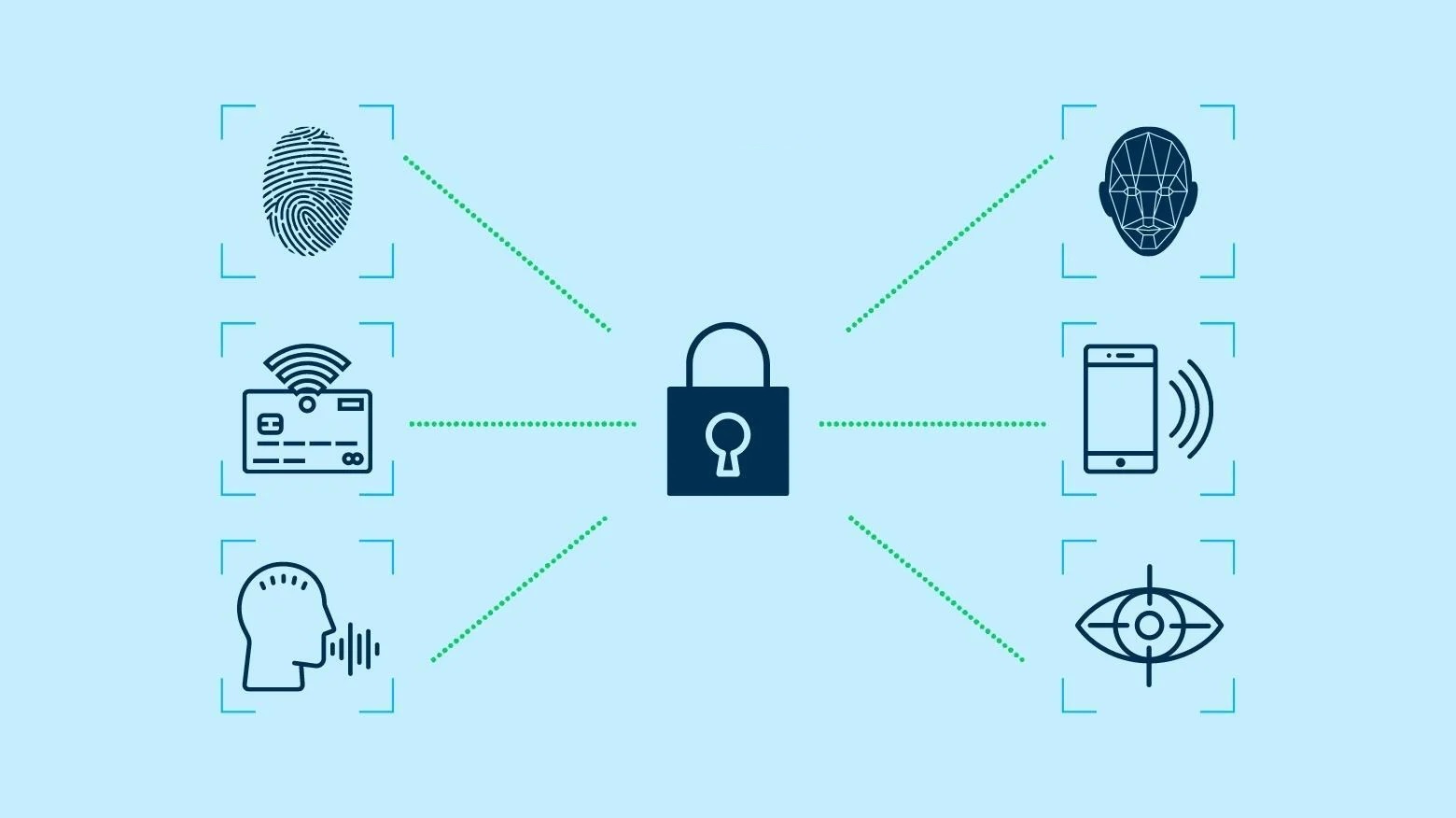Mastering the art of digital note-taking has become essential for both personal and professional success. Let’s dive into how to build a system that not only captures information but transforms it into actionable knowledge.
Understanding the Foundations
Digital note-taking isn’t just about replacing paper with screens – it’s about creating a second brain that enhances your thinking and creativity. The key is to develop a system that works seamlessly with your natural thought processes while leveraging the unique advantages of digital tools.
Choosing Your Primary Tool
The foundation of your system should be a reliable note-taking app. While there are many options available, consider these key factors:
- Sync Capabilities: Your notes should be accessible across all your devices
- Search Functionality: Robust search features help you find information quickly
- Markdown Support: Plain text formatting ensures long-term accessibility
- Export Options: Your data shouldn’t be locked into one system
- Integration Features: Connection with other tools in your workflow
Popular options like Obsidian, Notion, and Evernote each offer unique advantages. The best choice depends on your specific needs and workflow preferences.
Organizing Your Digital Notes
The PARA Method
One effective organizational framework is the PARA method, which stands for:
Projects: Active items you’re currently working on
Areas: Ongoing responsibilities you want to maintain
Resources: Topics of interest for future reference
Archives: Completed projects and inactive items
This structure provides a clear place for every note while maintaining flexibility.
Implementing Tags and Links
Unlike physical notes, digital systems allow for dynamic organization through:
- Tags: Add context and multiple categorizations
- Internal Links: Create connections between related notes
- Backlinks: Track references to your notes automatically
Capturing Information Effectively
The Inbox System
Maintain a designated “inbox” for quick capture of ideas and information. This prevents decision fatigue about where to file things and ensures nothing gets lost. Schedule regular reviews to process and organize these notes.
Progressive Summarization
When taking notes, use progressive summarization:
- Capture the original content
- Bold the most important points
- Highlight the critical elements
- Create a summary at the top
This layered approach makes future review more efficient.
Creating an Active System
Regular Review Cycles
Schedule different types of reviews:
- Daily: Process inbox items
- Weekly: Review current projects
- Monthly: Evaluate system organization
- Quarterly: Archive completed projects
Building Knowledge Networks
Transform your notes from a storage system into a knowledge network by:
- Creating topic overview notes that link to related content
- Writing synthesis notes that combine insights from multiple sources
- Maintaining a “map of content” for important areas
Advanced Techniques
Zettelkasten Method
Incorporate principles from the Zettelkasten method:
- Write atomic notes (one idea per note)
- Create explicit connections between notes
- Use your notes as thinking tools
Version Control
Implement version control practices:
- Date stamp important revisions
- Keep change logs for significant documents
- Use features like version history when available
Common Pitfalls to Avoid
Over-organization
Don’t spend more time organizing than creating. Keep your system simple enough to maintain without constant tweaking.
Digital Hoarding
Be selective about what you save. Not everything needs to be kept, and too much information can be as problematic as too little.
Tool Obsession
Avoid constantly switching tools in search of the “perfect” system. Focus on building solid note-taking habits first.
Making It Sustainable
Building Habits
Create sustainable habits by:
- Starting small with core practices
- Gradually adding complexity as needed
- Regularly evaluating what works and what doesn’t
System Evolution
Allow your system to evolve:
- Regularly assess your needs
- Remove unnecessary complications
- Add new features thoughtfully
Final Thoughts
Building an effective digital note-taking system is an iterative process. Start with the basics, focus on creating value through your notes, and gradually refine your system based on real usage patterns. Remember that the goal isn’t to create the perfect system, but rather to build a tool that enhances your thinking and productivity.
The best system is one that you’ll actually use consistently. Focus on developing habits that make note-taking a natural part of your workflow, and let your system grow organically based on your needs and experiences.




